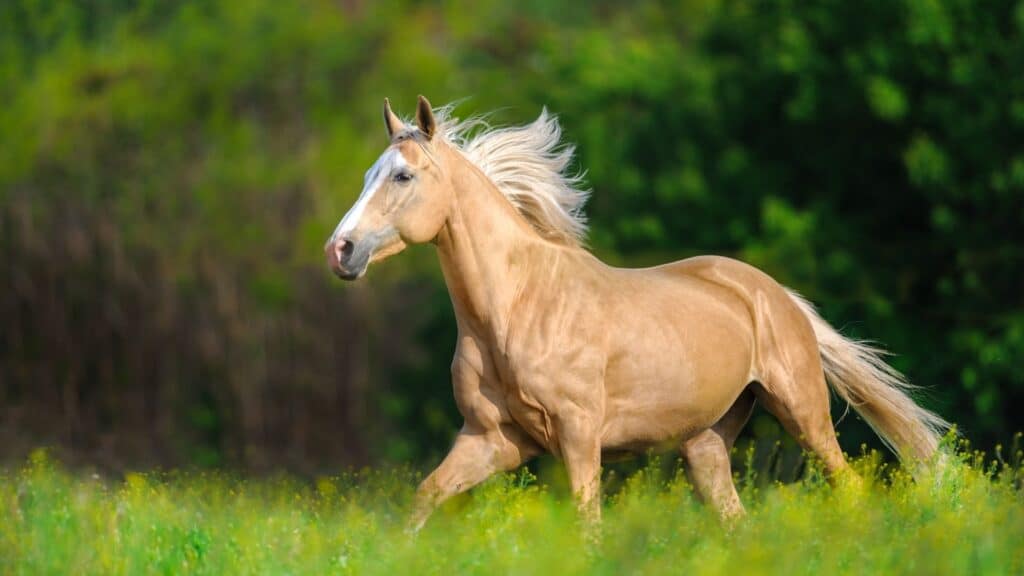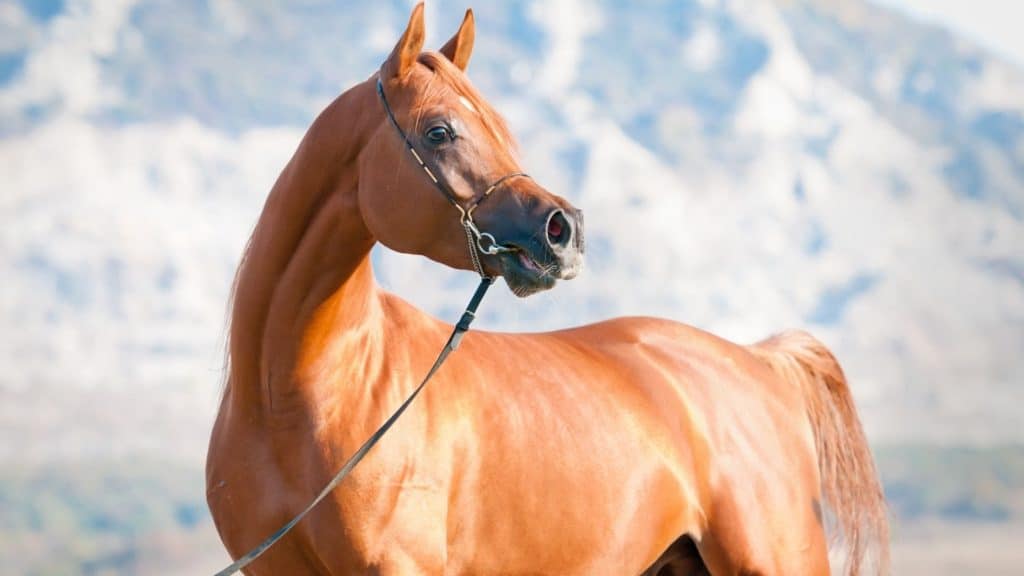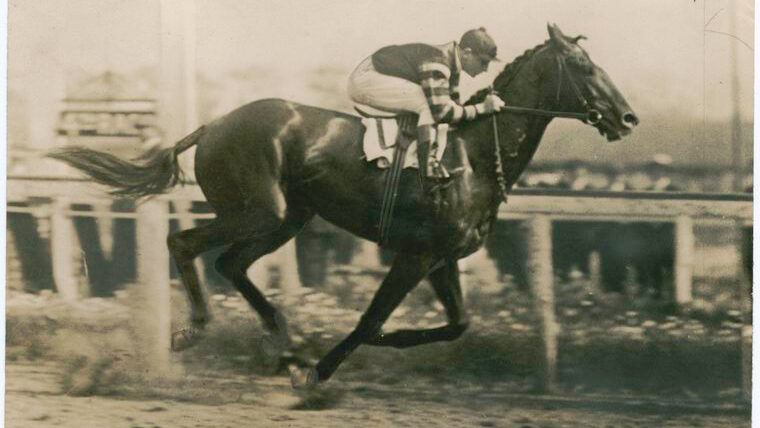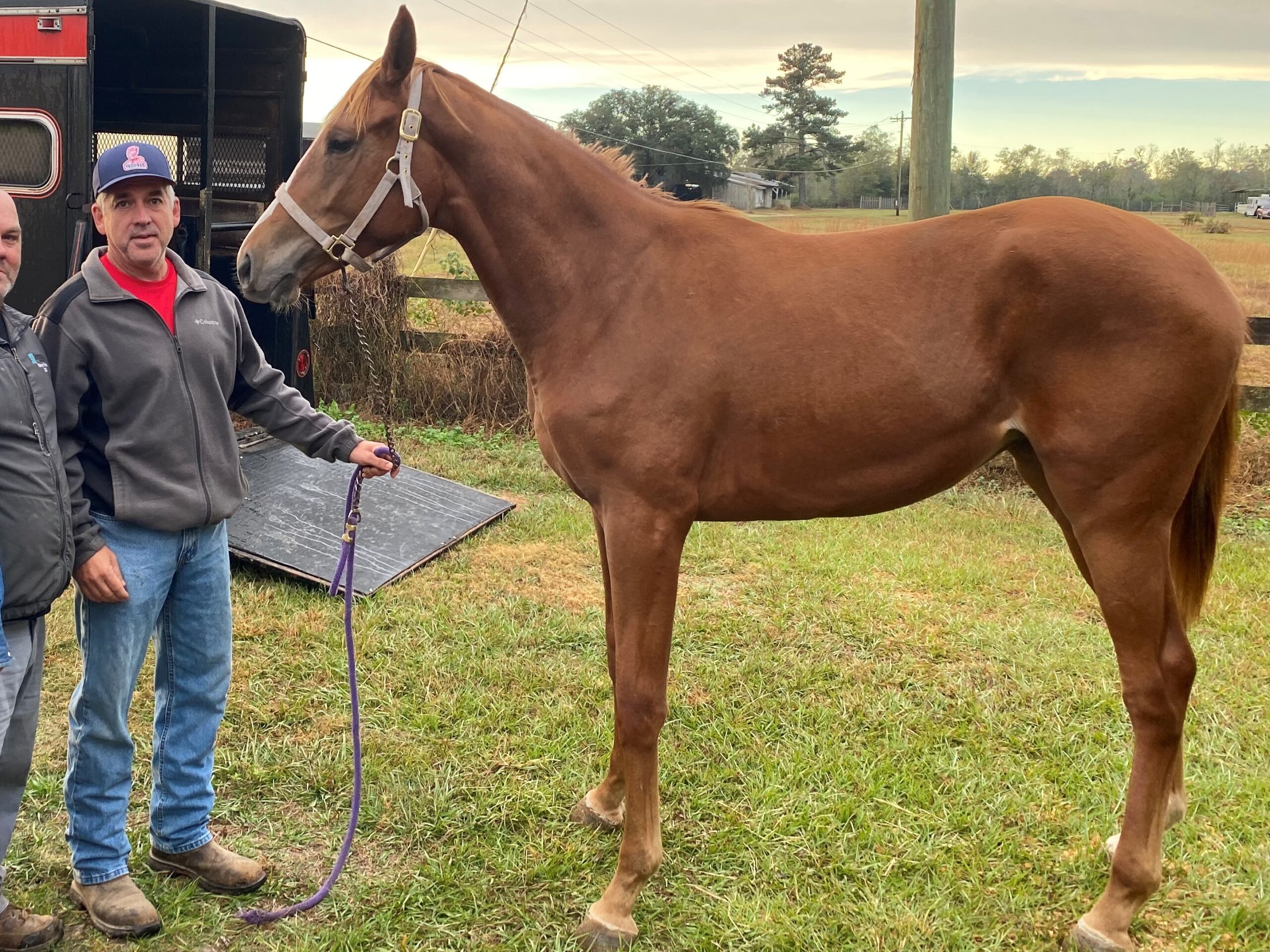Last updated: May 28, 2025
The chestnut horse color, famed for its fiery red hues from pale gold to deep mahogany, has been celebrated in racing history—from Man o’ War’s dominance in the 1920s to Secretariat’s record-shattering 1973 Triple Crown. As a horseman with over 25 years in Thoroughbred racing, I’ve bred, trained, and ridden these horses, marveling at their vibrant coats across tracks and barns.
Quick Definition: What Is a Chestnut Horse? A chestnut horse has a reddish-brown coat, with a mane and tail the same color or lighter, and no black points—unlike bays or black horses.
This article, born from decades of hands-on experience, explores the science, shades, and spirit of the chestnut horse color—a hallmark of many breeds and bloodlines. Whether you’re identifying one in a pasture or breeding for this hue, here’s everything you need to know.

What Is a Chestnut Horse?
A chestnut horse captivates with its warm, reddish-brown coat, free of black points, a trait I’ve observed across racetracks and breeding stables. This color, ranging from sandy light to dark liver, stems from genetics we’ll delve into. Whether you’re spotting one at a show or breeding for this hue, chestnuts stand out. Check our Bay and Chestnut Horses Guide for more comparisons.
Types of Chestnut Horse Colors: Shades and Variations
Chestnut horses display a spectrum of shades, each with unique allure, as I’ve seen in my years with Thoroughbreds:
- Light Chestnut (Sandy): A pale, sandy-red shade, like a foal I raised that glowed at dawn.
- Red Chestnut: A bright, coppery red, reminiscent of a mare I trained for speed.
- Flaxen Chestnut: A reddish body with a cream or beige mane, elegant in Morgans I’ve shown.
- Liver Chestnut: A deep, nearly black mahogany, seen in a stallion that dominated the track.
Identifying these requires noting the absence of black points and mane/tail color under sunlight—a skill honed over years. Download our free ‘Chestnut Horse Color Chart’ for visual guidance.

Chestnut Horse Genetics Explained
The chestnut coat’s fiery hue is governed by the MC1R gene, where the recessive “e” allele, in two copies (ee), blocks black pigment. This insight, confirmed by the UC Davis Veterinary Genetics Laboratory, ensures two chestnut parents always produce chestnut foals. It’s a base color for variations like palomino, cremello, red dun, and strawberry roan. Here’s a visual Punnett square:

Explore more at the University of Kentucky’s Genetics 101 or our Equine Color Genetics guide.
Will My Foal Be Chestnut?
Related Colors: Chestnut and Beyond
Chestnut serves as a foundation for other colors. Palomino, detailed in our Palomino Horse Guide, adds a cream gene; cremello doubles it for a near-white look; red dun introduces a dorsal stripe; gold champagne offers a metallic sheen; and strawberry roan mixes white hairs. Each builds on the chestnut base I’ve studied in breeding.

Chestnut Horses Across Breeds
Chestnut thrives in diverse breeds, a pattern I’ve noted over decades:
- Quarter Horse: Common in working lines, often light chestnut.
- Belgian: Frequently chestnut, adding strength to draft work.
- Suffolk Punch: Exclusively chestnut, per the Suffolk Punch Trust.
- Haflinger: Always chestnut, as per the Haflinger Registry.
Learn more in our Horse Breeds Guide.

Identification Tips: Chestnut Horse vs Sorrel
| Color | Body Color | Mane/Tail | Points |
| Chestnut | Reddish-brown | Same or lighter | None |
| Bay | Reddish-brown | Black | Black |
| Sorrel | Light reddish | Same or lighter | None |
| Liver Chestnut | Deep mahogany | Same or darker | None |

Sorrel, often a Western term for lighter chestnuts, shares the ‘ee’ genotype but differs subtly in shade—a distinction I’ve clarified in breeding. Compare more in our Sorrel vs Chestnut article.

Historical and Cultural Significance of Chestnut Horses
Chestnut horses have shaped history. In medieval art, their fiery coats symbolized valor, as seen in Met Museum tapestries. Secretariat’s 1973 Triple Crown run elevated their status, a moment I witnessed live. Folklore ties their color to passion, a theme in equine lore.

Behavioral Genetics: Is There a Link Between Chestnut Horse Color and Temperament?
While the MC1R gene is definitively responsible for the chestnut horse coat color (UC Davis Veterinary Genetics Laboratory), its influence on horse temperament remains a topic of debate. Some horse owners and trainers believe chestnut horses are more spirited or bold, but scientific studies have produced mixed results. For example, a 2015 study suggested chestnut horses were more likely to approach novel objects, indicating possible boldness, (ScienceDirect: Coat Colour Phenotype and Equine Behaviour). However, a larger 2025 study (n = 1940) found chestnuts less bold than bay horses, contradicting earlier findings.
Current research suggests that while coat color genetics are well understood, their link to behavior is still being explored and remains unproven. (PMC: Identification of horse chestnut coat color genotype using SNaPshot; University of Kentucky: Equine Coat Color Genetics 101). My decades of experience align with these findings—I’ve worked with calm and spirited chestnut horses, suggesting temperament is shaped more by individual personality and training than by color alone.

Famous Chestnut Horses
Chestnut horses have dominated racing, a passion of mine:
- Secretariat: His liver chestnut coat shone in the 1973 Triple Crown.
- Man o’ War: A chestnut icon of the 1920s, debated but celebrated.
Read more in our Greatest Racehorses Article.

How Much Do Chestnut Horses Cost?
Cost hinges on breed and pedigree, not color. A chestnut Quarter Horse for trails costs $2,000–$5,000, while a Thoroughbred with racing lineage, like Secretariat’s kin, can reach $10,000–$100,000+. Annual care adds $3,000–$10,000. See our Horse Cost Guide.
Frequently Asked Questions About Chestnut Horses
Here are answers to the most common questions about chestnut horses, from genetics to famous examples.
What is a chestnut horse?
A chestnut horse has a reddish-brown coat, with mane and tail the same or lighter, lacking black points due to the ‘ee’ genotype.
Are chestnut and sorrel the same?
Sorrel is often a Western term for lighter chestnuts, but both stem from the ‘ee’ genotype, with subtle shade differences.
Can chestnut horses have black points?
No, chestnut horses lack black points, distinguishing them from bays, a trait I’ve confirmed in breeding.
What’s the rarest chestnut shade?
Flaxen chestnut, with its cream mane, is rarer due to the specific genetic combination required.
How does genetics determine chestnut color?
The recessive ‘e’ allele at the MC1R gene, in two copies (ee), blocks black pigment, as per UC Davis research.
Visual Insight: Watch this video for a vivid look at chestnut horse temperament and shades—perfect for understanding their fiery hues. Chestnut Horses in Action
Conclusion: The Enduring Appeal of Chestnut Horses
After decades in Thoroughbred racing, I’ve come to appreciate chestnut horses for more than just their fiery coats. From light sandy foals to deep liver champions, their genetic richness, historical significance, and striking beauty make them unforgettable in any barn.
Want to Keep Learning?
Explore more about horse colors and coat genetics:
- Horse Coat Colors Explained
- Equine Color Genetics
- Bay Horses Guide
- Sorrel vs Chestnut Article
- Why Do Horses Have Chestnuts and Ergots on Their Legs?
Share Your Story:
Do you own or ride a chestnut horse? Drop your photos or stories in the comments—let’s celebrate what makes these horses truly special.
Stay Connected:
Subscribe for more insights into horse care, breeding, and genetics. Let’s keep exploring—one story at a time.
References
- UC Davis Veterinary Genetics Laboratory – Horse Coat Color Testing
- PubMed Central (PMC) – Identification of Horse Chestnut Coat Color Genotype Using SNaPshot
- ScienceDirect – The Relationship Between Coat Colour Phenotype and Equine Behaviour
- University of Kentucky – Equine Coat Color Genetics 101
- Suffolk Punch Trust – Breed Standard
- Haflinger Horse Registry – Breed Standard
- American Quarter Horse Association – Color Genetics Overview
- The Jockey Club – Thoroughbred Coat Color Genetics
- The Metropolitan Museum of Art – Equestrian Art Collection

About the Author: Miles Henry
Lifelong Horseman | Racehorse Owner | Published Author
Miles Henry brings over 25 years of hands-on experience training and owning Thoroughbred racehorses. Raised with Quarter Horses and Appaloosas, he’s spent a lifetime learning from horses—on the track, in the barn, and in the field. Today, he runs a small but successful racing stable in Louisiana and shares real-world insights on HorseRacingSense.com, helping horse owners, fans, and bettors navigate the sport with confidence.
📚 Books: View Miles’s books on Amazon »
🎧 Podcast Guest: Animal Tales Ep. 32 |
YouTube Interview
📩 Newsletter: Sign up for racing tips and horse care advice »
🔗 Follow Miles:
Twitter |
Facebook |
YouTube


